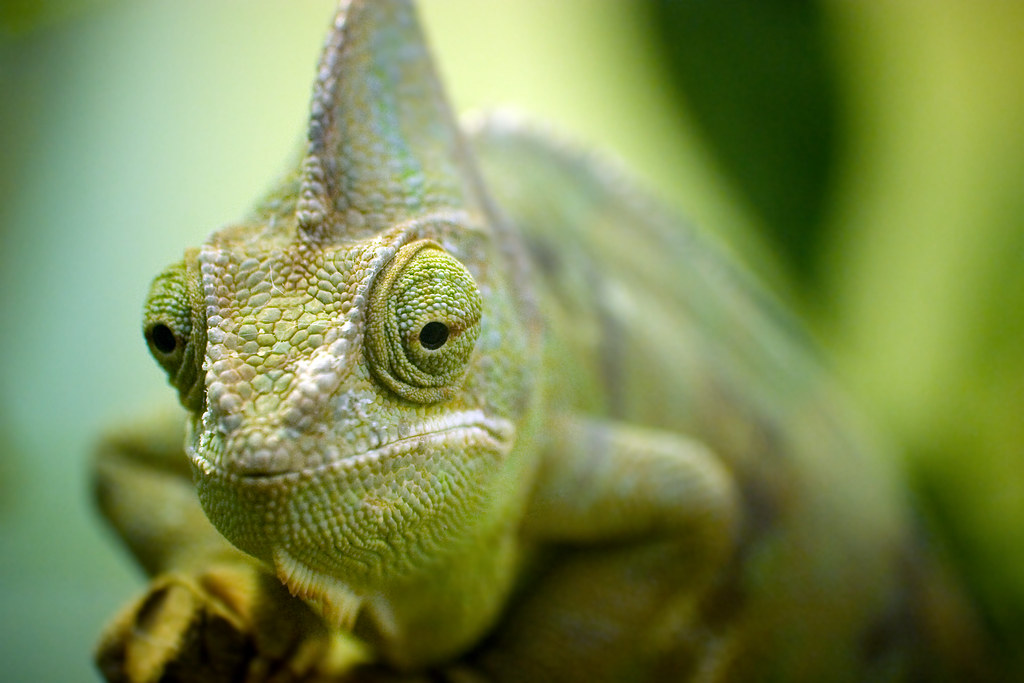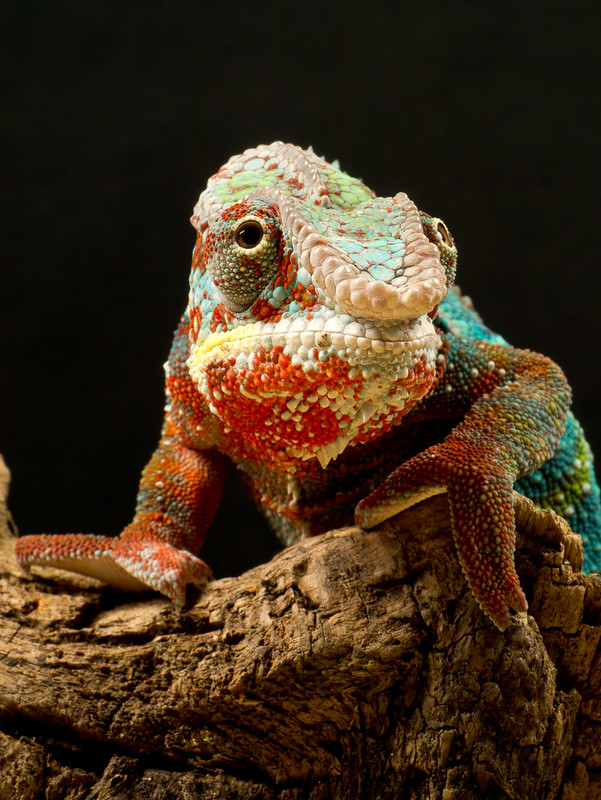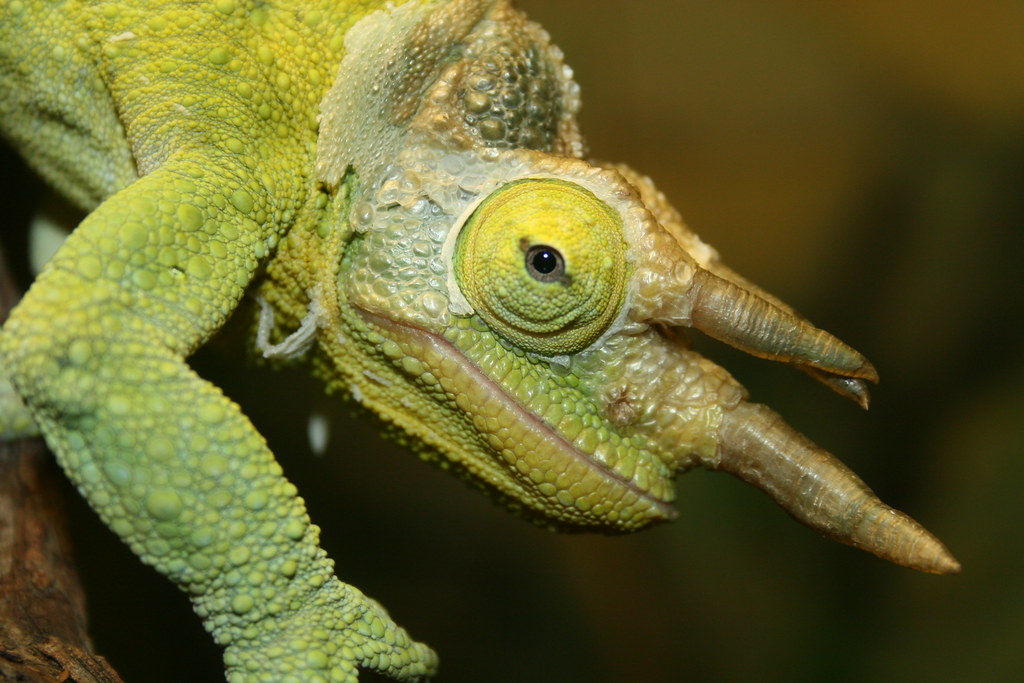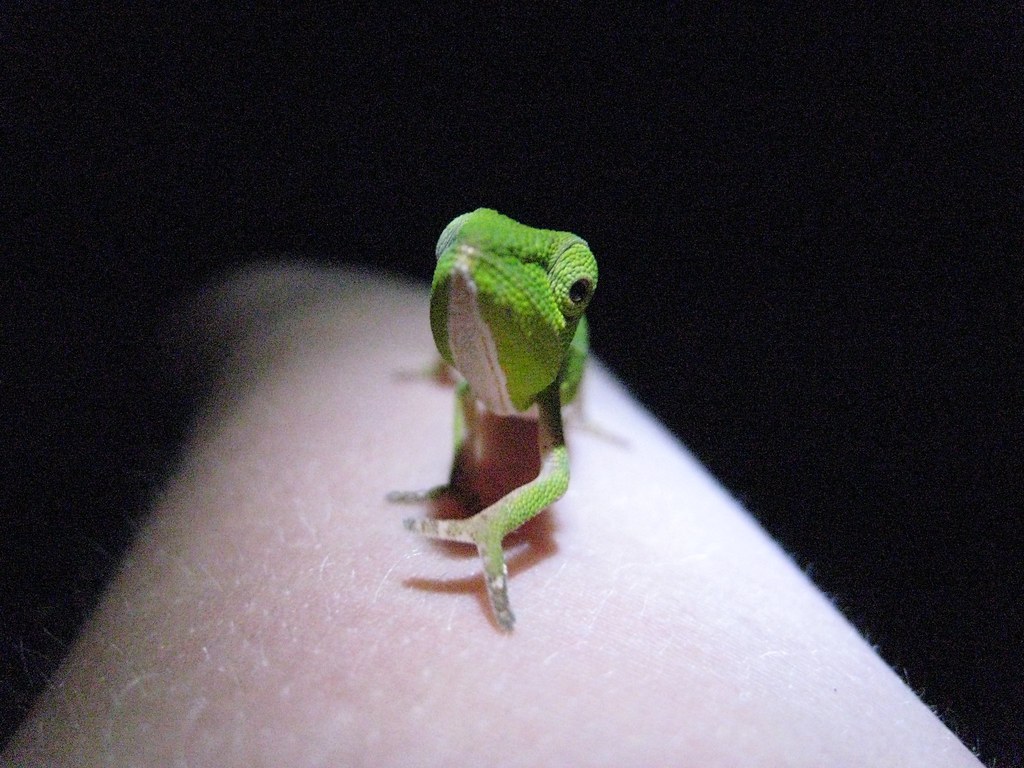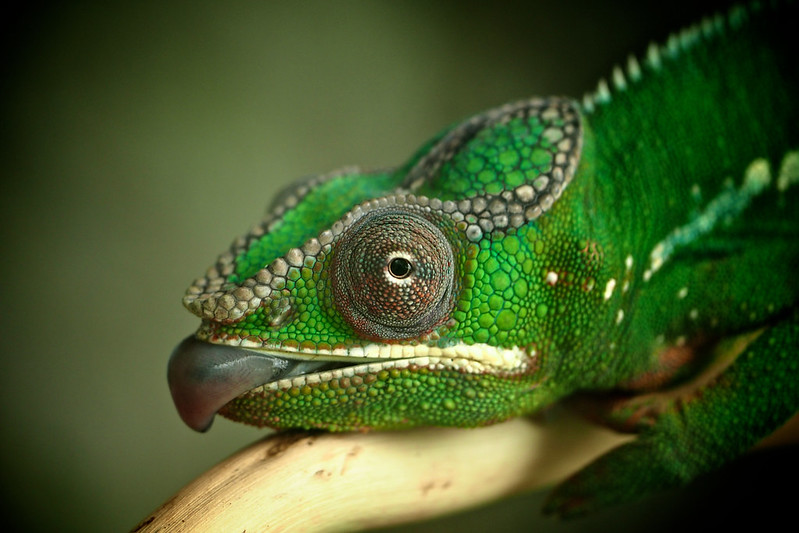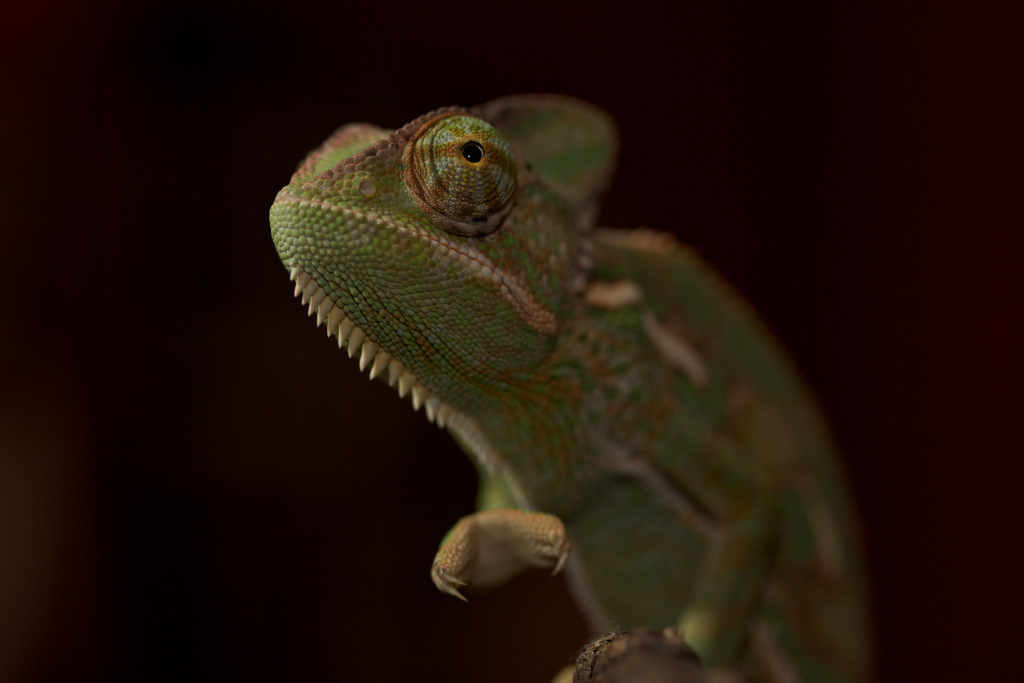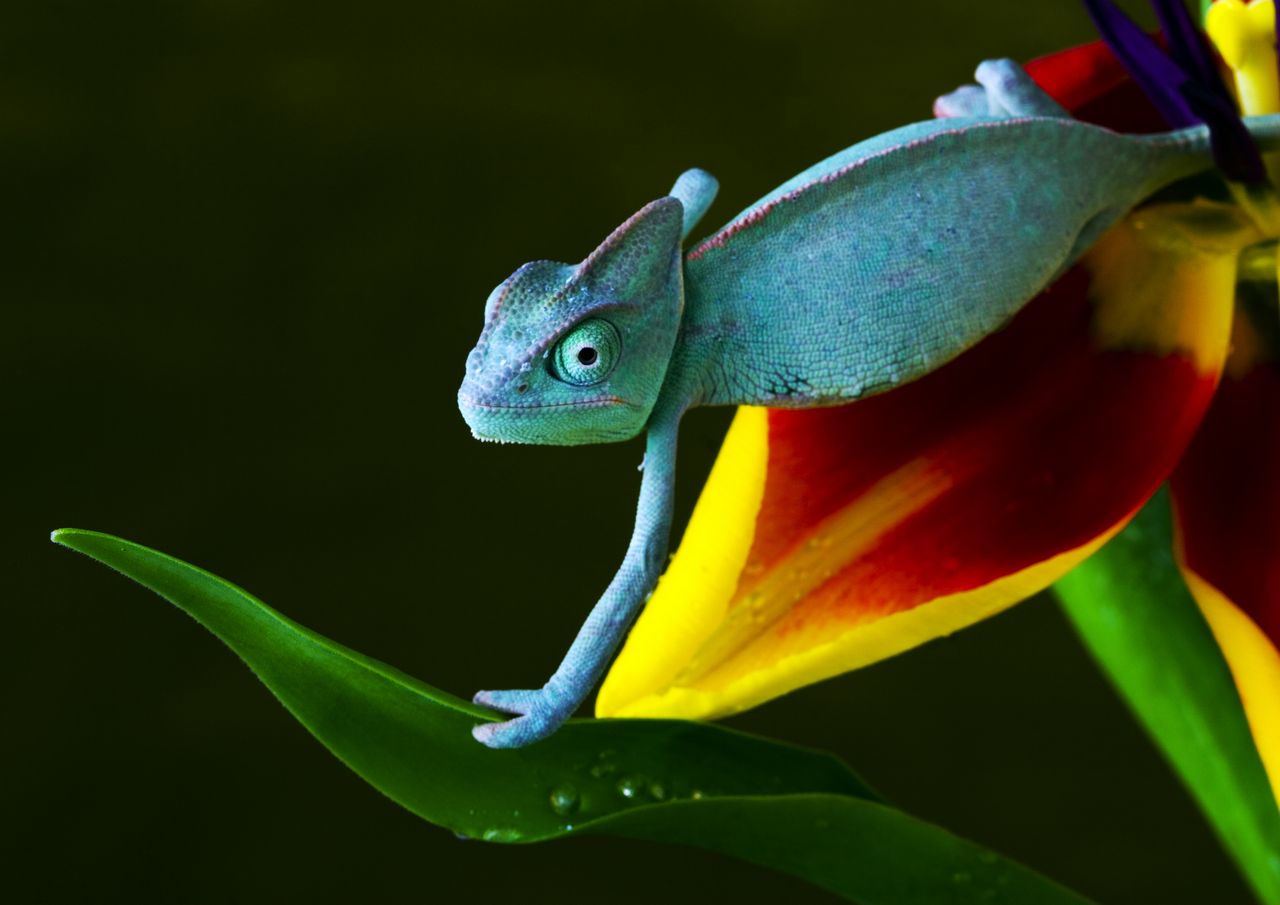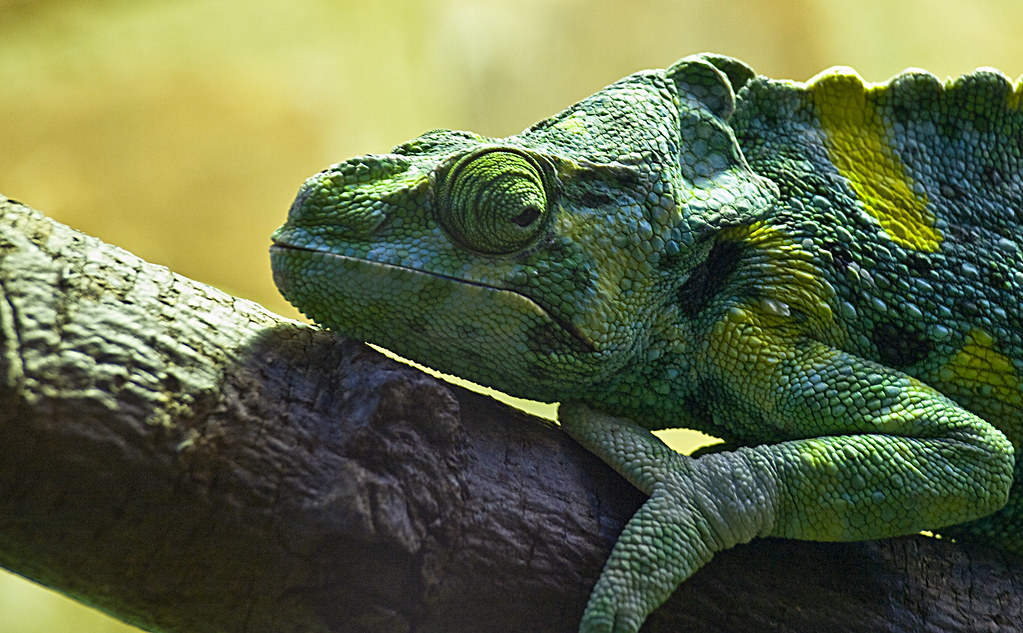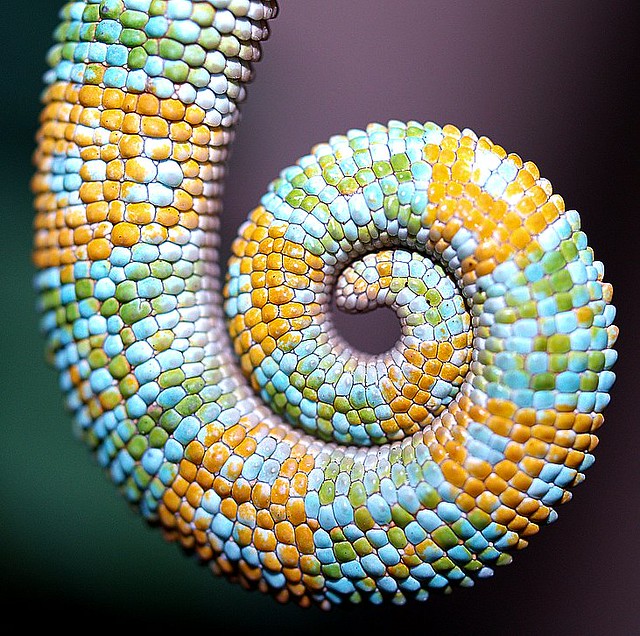In polar and other cold regions there are ice, snow and water formations that are unusual, unique, and some of them so beautiful they take your breath away. Most of these wonders of nature can be visited only by scientists and rare adventurers who are ready for significant physical and financial exertions. Because of their volatility and locations, these formations can be seen only at certain periods of the year.
1. Blue River, Greenland

This river is a kayaking heaven in Greenland. The melting Petermann Glacier fill up the low lying areas with stunning blue water.

The filling pattern changes seasonally causing the river to change its shape. The vibrant blue color comes from glacial silt.
2. Glacier Waterfalls in Svalbard, Norway

Svalbard, which means "cold coasts", is an archipelago in the Arctic, constituting the northernmost part of Norway as well as of Europe. It is located about 400 miles (650 km) north of mainland Europe, midway between mainland Norway and the North Pole. Despite being so close to the North Pole, Svalbard is comparatively warm, thanks to the warming effect of the Gulf Stream, which makes it habitable. In fact, Svalbard is the northernmost permanently inhabited region on the planet.

Svalbard islands cover a total area of 62,050 sq km (24,000 sq mi), nearly 60% of which is covered by glacier with many outlet glaciers terminating in the sea. The giant glacier Bråsvellbreen, located on Nordaustlandet the second largest island in the archipelago, stretches out for 200 kilometres (125 mi). The 15-20-metre (50-65 ft) high ice edge of this glacier is intersected by hundreds of melt-waterfalls. These waterfalls can be seen only in the warmer months.
3. Crystal Cave, Iceland

This cave in the glacier ice is the result of glacial mill, or Moulin where rain and melt water on the glacier surface are channeled into streams that enter the glacier at crevices. The waterfall melts a hole into the glacier while the ponded water drains towards lower elevations by forming long ice caves with an outlet at the terminus of the glacier.

The fine grained sediments in the water along with wind blown sediments cause the frozen meltwater stream to appear in a muddy colour while the top of the cave exhibits the deep blue colour. Due to the fast movement of the glacier of about 1 m (3 ft) per day over uneven terrain, this ice cave cracked up at its end into a deep vertical crevice, called cerrac. This causes the indirect daylight to enter the ice cave from both ends resulting in homogeneous lighting of the ice tunnel.

The cave is accessible through a 22-foot (7 m) entrance on the shoreline. At the end it tapers to a tight squeeze no more than four feet high (1,2 m). Ice caves are in general unstable things and can collapse at any time. They are safe to enter only in winter when the cold temperatures harden the ice. Even so one could hear constant cracking sounds inside the cave. It was not because it was going to collapse but because the cave was moving along with the glacier itself. Each time the glacier moved a millimeter loud sounds could be heard.
4. Briksdal Glacier, Norway

Briksdalsbreen or Briksdal glacier is one of the most accessible and best known arms of the Jostedalsbreen glacier. It is located in Norway and is part of Jostedalsbreen National Park. Briksdalsbreen terminates in a small glacial lake, Briksdalsbrevatnet, which lies 346 metres (1,135 ft) above sea level.

Visitors from all over the world come to see the beautiful Briksdalsbreen glacier outlet, so beautifully situated amid waterfalls and high peaks.

With proper equipment and expert glacier guides, visitors can be part of an absolutely safe but incredibly exciting trip over the thousands of years old ice masses.
5. Birthday Canyon, Greenland

Birthday Canyon, carved by meltwater, is 150 feet (45 m) deep. This photo was taken in 2008. Along the edge of the canyon, lines on the wall show the stratigraphic layers of ice and snow laid down over the years.

EIS field assistant, Adam LeWinter stands on the NE rim of Birthday Canyon, atop feature called “Moab”. Black deposit in bottom of channel is cryoconite - powdery windblown dust which is deposited and builds up on snow, glaciers, or icecaps.
6. Elephant-Foot Glacier, Greenland

The Arctic Elephant-Foot Glacier found in northern Greenland. The grey zone at low elevation on the glacier is the ablation zone incised by meltwater channels, clearly separated from the white surface accumulation zone higher up.

This unique glacier is located at an astonishing geographical location on the north-east coast of Greenland (81° N).
7. Frozen Wave, Antarctica

This unique frozen wave is located in Antarctica. It was discovered by american scientist Tony Travouillon in 2007.

These pictures do not show a giant wave somehow snap-frozen in the very act of breaking. The formation contains blue ice, and this is compelling evidence that it was not created instantly from a wave of water.

Blue ice is created as the ice is compressed and trapped air bubbles are squeezed out. The ice looks blue because, when light passes through thick ice, blue light is transmitted back out but red light is absorbed.

Thus, the deep blue colour suggests that the ice in the formation was built up slowly over time rather than formed instantly. Subsequent melting and refreezing over many seasons has given the formation its smooth, wave-like appearance.
8. Striped Icebergs, Southern Ocean

Most often icebergs have blue and green stripes, but may be brown. This phenomenon often occurs in the Southern Ocean. Striped icebergs with multiple color bands, including yellow, brown, black and blue, are quite common in the cold waters around Antarctica. Icebergs are formed when large chunks of ice break off from the ice shelf and fall into the sea.

Because glaciers are composed of snow falling on Antarctica for millennia, the ice is made up of fresh water. Thus it turns out that the floating fresh ice interacts with salt water. Sea water is in contact with supercooled glacier also freezes, as if covering it with a crust. This top layer of ice formed from sea water contains organic matter and minerals. Lapped by the waves, and blown by the wind, icebergs can be painted with amazing color bands of different shapes and textures.

Iceberg appears white because of the tiny bubbles trapped in the ice and the light-scattering. Blue bars are created when a crack in the ice shield filled with melt water, which quickly freezes. In this case, the bubbles do not have time to form. When the water is rich in algae, the strip can be colored green, as well as in other shades.
9. Ice Towers of Mount Erebus, Antarctica

Hundreds of ice towers stud the flanks of 12,500ft. (3.800 m) high Mount Erebus like day-old stubble on the face of a giant. The constantly active volcano is perhaps the only place in Antarctica where fire and ice meet, mingle and create something unique encompassing both their natures.

The towers can be as much as 60 feet (20 meters) high and look almost alive as they huff and puff streamers of steam into the south polar sky. Some of the volcanic steam freezes onto the inner part of the towers, expanding and extending them.
10. The Fang in Vail - Frozen Waterfall, USA

The Fang is a waterfall located near the town of Vail, Colorado. The enormous ice pillar forms from this waterfall only on exceptionally cold winters, and when it does the column can measure up to 50 meters (165 ft) high and has been known to have a base measuring 8 meters (26 ft) wide.
11. Penitentes, Chile & Argentina

Penitentes are amazing ice spikes formed naturally on plains at high altitudes areas especially on the Andes Ranges which are located more than 4000 meters (13,000 ft) above sea level. These ice pinnacles called penitentes attain varying heights from a few centimeters resembling grass lands to even 5 meters (17 ft) giving an impression of an ice forest. Their blades stand pointing towards the sun. When ice starts to melt in the early sunrays they slowly and steadily appear.

People of the Andes attributed this phenomenon to the speedy winds blow in that region which was only part of the process; wind had only limited role in shaping these beautiful statues. As per recent scientific observations the sunlight which falls on the ice heats it up moreover some of the light gets trapped in the ice they undergo numerous deflection within the ice blocks which lead to the unequal melting of the ice and those parts of the ice that has not melted remain giving birth to strange shaped statues known as the penitentes.
Source
READ MORE»
1. Blue River, Greenland

This river is a kayaking heaven in Greenland. The melting Petermann Glacier fill up the low lying areas with stunning blue water.

The filling pattern changes seasonally causing the river to change its shape. The vibrant blue color comes from glacial silt.
2. Glacier Waterfalls in Svalbard, Norway

Svalbard, which means "cold coasts", is an archipelago in the Arctic, constituting the northernmost part of Norway as well as of Europe. It is located about 400 miles (650 km) north of mainland Europe, midway between mainland Norway and the North Pole. Despite being so close to the North Pole, Svalbard is comparatively warm, thanks to the warming effect of the Gulf Stream, which makes it habitable. In fact, Svalbard is the northernmost permanently inhabited region on the planet.

Svalbard islands cover a total area of 62,050 sq km (24,000 sq mi), nearly 60% of which is covered by glacier with many outlet glaciers terminating in the sea. The giant glacier Bråsvellbreen, located on Nordaustlandet the second largest island in the archipelago, stretches out for 200 kilometres (125 mi). The 15-20-metre (50-65 ft) high ice edge of this glacier is intersected by hundreds of melt-waterfalls. These waterfalls can be seen only in the warmer months.
3. Crystal Cave, Iceland

This cave in the glacier ice is the result of glacial mill, or Moulin where rain and melt water on the glacier surface are channeled into streams that enter the glacier at crevices. The waterfall melts a hole into the glacier while the ponded water drains towards lower elevations by forming long ice caves with an outlet at the terminus of the glacier.

The fine grained sediments in the water along with wind blown sediments cause the frozen meltwater stream to appear in a muddy colour while the top of the cave exhibits the deep blue colour. Due to the fast movement of the glacier of about 1 m (3 ft) per day over uneven terrain, this ice cave cracked up at its end into a deep vertical crevice, called cerrac. This causes the indirect daylight to enter the ice cave from both ends resulting in homogeneous lighting of the ice tunnel.

The cave is accessible through a 22-foot (7 m) entrance on the shoreline. At the end it tapers to a tight squeeze no more than four feet high (1,2 m). Ice caves are in general unstable things and can collapse at any time. They are safe to enter only in winter when the cold temperatures harden the ice. Even so one could hear constant cracking sounds inside the cave. It was not because it was going to collapse but because the cave was moving along with the glacier itself. Each time the glacier moved a millimeter loud sounds could be heard.
4. Briksdal Glacier, Norway

Briksdalsbreen or Briksdal glacier is one of the most accessible and best known arms of the Jostedalsbreen glacier. It is located in Norway and is part of Jostedalsbreen National Park. Briksdalsbreen terminates in a small glacial lake, Briksdalsbrevatnet, which lies 346 metres (1,135 ft) above sea level.

Visitors from all over the world come to see the beautiful Briksdalsbreen glacier outlet, so beautifully situated amid waterfalls and high peaks.

With proper equipment and expert glacier guides, visitors can be part of an absolutely safe but incredibly exciting trip over the thousands of years old ice masses.
5. Birthday Canyon, Greenland

Birthday Canyon, carved by meltwater, is 150 feet (45 m) deep. This photo was taken in 2008. Along the edge of the canyon, lines on the wall show the stratigraphic layers of ice and snow laid down over the years.

EIS field assistant, Adam LeWinter stands on the NE rim of Birthday Canyon, atop feature called “Moab”. Black deposit in bottom of channel is cryoconite - powdery windblown dust which is deposited and builds up on snow, glaciers, or icecaps.
6. Elephant-Foot Glacier, Greenland

The Arctic Elephant-Foot Glacier found in northern Greenland. The grey zone at low elevation on the glacier is the ablation zone incised by meltwater channels, clearly separated from the white surface accumulation zone higher up.

This unique glacier is located at an astonishing geographical location on the north-east coast of Greenland (81° N).
7. Frozen Wave, Antarctica

This unique frozen wave is located in Antarctica. It was discovered by american scientist Tony Travouillon in 2007.

These pictures do not show a giant wave somehow snap-frozen in the very act of breaking. The formation contains blue ice, and this is compelling evidence that it was not created instantly from a wave of water.

Blue ice is created as the ice is compressed and trapped air bubbles are squeezed out. The ice looks blue because, when light passes through thick ice, blue light is transmitted back out but red light is absorbed.

Thus, the deep blue colour suggests that the ice in the formation was built up slowly over time rather than formed instantly. Subsequent melting and refreezing over many seasons has given the formation its smooth, wave-like appearance.
8. Striped Icebergs, Southern Ocean

Most often icebergs have blue and green stripes, but may be brown. This phenomenon often occurs in the Southern Ocean. Striped icebergs with multiple color bands, including yellow, brown, black and blue, are quite common in the cold waters around Antarctica. Icebergs are formed when large chunks of ice break off from the ice shelf and fall into the sea.

Because glaciers are composed of snow falling on Antarctica for millennia, the ice is made up of fresh water. Thus it turns out that the floating fresh ice interacts with salt water. Sea water is in contact with supercooled glacier also freezes, as if covering it with a crust. This top layer of ice formed from sea water contains organic matter and minerals. Lapped by the waves, and blown by the wind, icebergs can be painted with amazing color bands of different shapes and textures.

Iceberg appears white because of the tiny bubbles trapped in the ice and the light-scattering. Blue bars are created when a crack in the ice shield filled with melt water, which quickly freezes. In this case, the bubbles do not have time to form. When the water is rich in algae, the strip can be colored green, as well as in other shades.
9. Ice Towers of Mount Erebus, Antarctica

Hundreds of ice towers stud the flanks of 12,500ft. (3.800 m) high Mount Erebus like day-old stubble on the face of a giant. The constantly active volcano is perhaps the only place in Antarctica where fire and ice meet, mingle and create something unique encompassing both their natures.

The towers can be as much as 60 feet (20 meters) high and look almost alive as they huff and puff streamers of steam into the south polar sky. Some of the volcanic steam freezes onto the inner part of the towers, expanding and extending them.
10. The Fang in Vail - Frozen Waterfall, USA

The Fang is a waterfall located near the town of Vail, Colorado. The enormous ice pillar forms from this waterfall only on exceptionally cold winters, and when it does the column can measure up to 50 meters (165 ft) high and has been known to have a base measuring 8 meters (26 ft) wide.
11. Penitentes, Chile & Argentina

Penitentes are amazing ice spikes formed naturally on plains at high altitudes areas especially on the Andes Ranges which are located more than 4000 meters (13,000 ft) above sea level. These ice pinnacles called penitentes attain varying heights from a few centimeters resembling grass lands to even 5 meters (17 ft) giving an impression of an ice forest. Their blades stand pointing towards the sun. When ice starts to melt in the early sunrays they slowly and steadily appear.

People of the Andes attributed this phenomenon to the speedy winds blow in that region which was only part of the process; wind had only limited role in shaping these beautiful statues. As per recent scientific observations the sunlight which falls on the ice heats it up moreover some of the light gets trapped in the ice they undergo numerous deflection within the ice blocks which lead to the unequal melting of the ice and those parts of the ice that has not melted remain giving birth to strange shaped statues known as the penitentes.
Source

